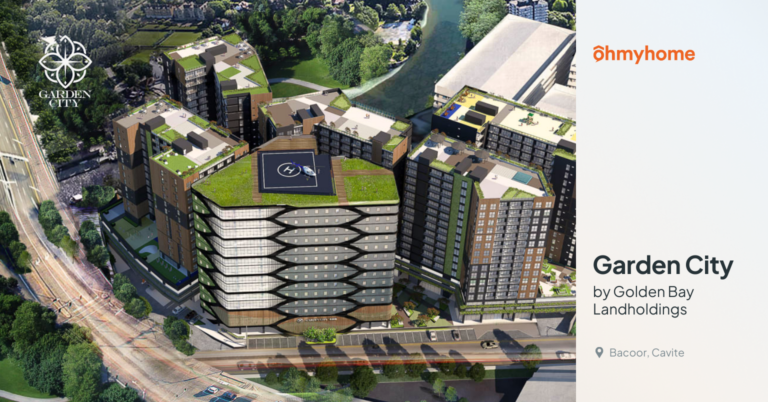Not only did the Philippines manage to weather the pandemic, but it also made a stunning comeback from a down market. The country’s GDP posted an impressive growth rate that showed a remarkable recovery. Chief among the industries that contributed to the impressive growth was the property sector. By the end of 2023, buying a high-end condo unit became the goal for many investors as the Philippines became the hottest luxury property market.
Wait. Stop. If the Philippines is now an investment target, will condo unit prices spiral upwards and out of control? For average earners who can’t afford to buy property, does this make the difficult task now impossible?
How Much Does an Average Worker Need to Earn to Afford a Condo Unit?
For this exercise, let’s agree that a condo unit is the target property. Location-wise, condos are usually found in urban centers and near the workplace. This makes it a very ideal refuge for the many professional workers whose main daily activity involves staying at an office for 8 hours a day. Having a place to rest and recover which won’t require hours-long commutes would be ideal. Amenities that can nourish both body and mind wouldn’t hurt either.
Considering that an average condominium in Metro Manila costs P225,290 per square meter, how can an average worker afford that? Based on the average rate above, a studio unit measuring 20 sq m can fetch up to P4.5 million pesos. Buying this requires a 20% down payment equal to P900,000. Of course, some condos will sell for much more (especially in Metro Manila’s business districts) or much less (suburban areas).
Let’s Do The Math…
To be honest, not all workers have the financial capability to afford to buy property. Given the figures above, it might be an impossible task given the average worker salary today is around P18,423. To put this into perspective, you’ll need 13 months to afford just 1 sq m of property.
However, buying a condo unit or any other property requires more than monthly payments. The purchase requires an initial down payment that’s usually 20% of the unit price. Then, there are the other fees and taxes that come with a house purchase.
Of course, let’s not forget your other monthly expenses. Conventional wisdom dictates that monthly property expenses shouldn’t exceed more than 30% of your monthly budget. You’ll be better off allocating the remaining 70% to food, savings, utilities, and other expenses.
Difficult But Not Impossible
Given the disparity between condo unit costs and the average worker salary, who can afford to buy property at today’s prices? It’s definitely a tall order, but not entirely impossible. The rates above might be the average, which means that half of the workers are above it and the other half below. Those who make less than the average can take the time to climb their career ladders or find additional sources of income. It may not be the right time today, but if you start working for the future, you’ll get there sooner than later.
For those earning beyond the average salary rate, a simple equation can determine your feasibility. If you can spare 30% of your monthly income for the property without sacrificing your other needs, then you might be ready. You don’t have to do this alone. A household member such as a spouse or partner can chip in to make the load more bearable.
Prior to planning a purchase, saving up enough money for a downpayment is highly recommended. For many households, simply placing money in the bank isn’t going to cut it. There are various investment vehicles available in the Philippines for the financially intrepid. Among the many instruments are stocks, bonds, high-interest savings (such as Pag-IBIG’s MP2), and mutual funds. Putting up a business can also be another revenue stream, but be careful in starting something that you cannot handle. Many businesses fail when owners skip over the boring but important details of administrative work and managing expenses.
Help is Available to Those Who Need It
For first-time homebuyers who need some assistance, there are government agencies that were specifically created to do just that. The Home Development Mutual Fund (HDMF), also known as PAG-IBIG Fund, offers loans to cover mortgages at lower rates. Meanwhile, the 4PH (Pambansang Pabahay para sa Pilipino Housing Program) continues to deal with local governments and developers to provide low-cost housing units to qualified low-income applicants.
Banks and lending institutions are also more than happy to provide you with affordable housing loans. Traditionally, banks will shoulder 80% of the contract price once you front the remaining 20% for the down payment. However, some developers offer rent-to-own arrangements for pre-selling condo units. Buyers can pay the downpayment in monthly installments during the construction period. Once the condo unit is ready for occupancy, buyers can proceed with their bank-approved mortgage payments.






















































